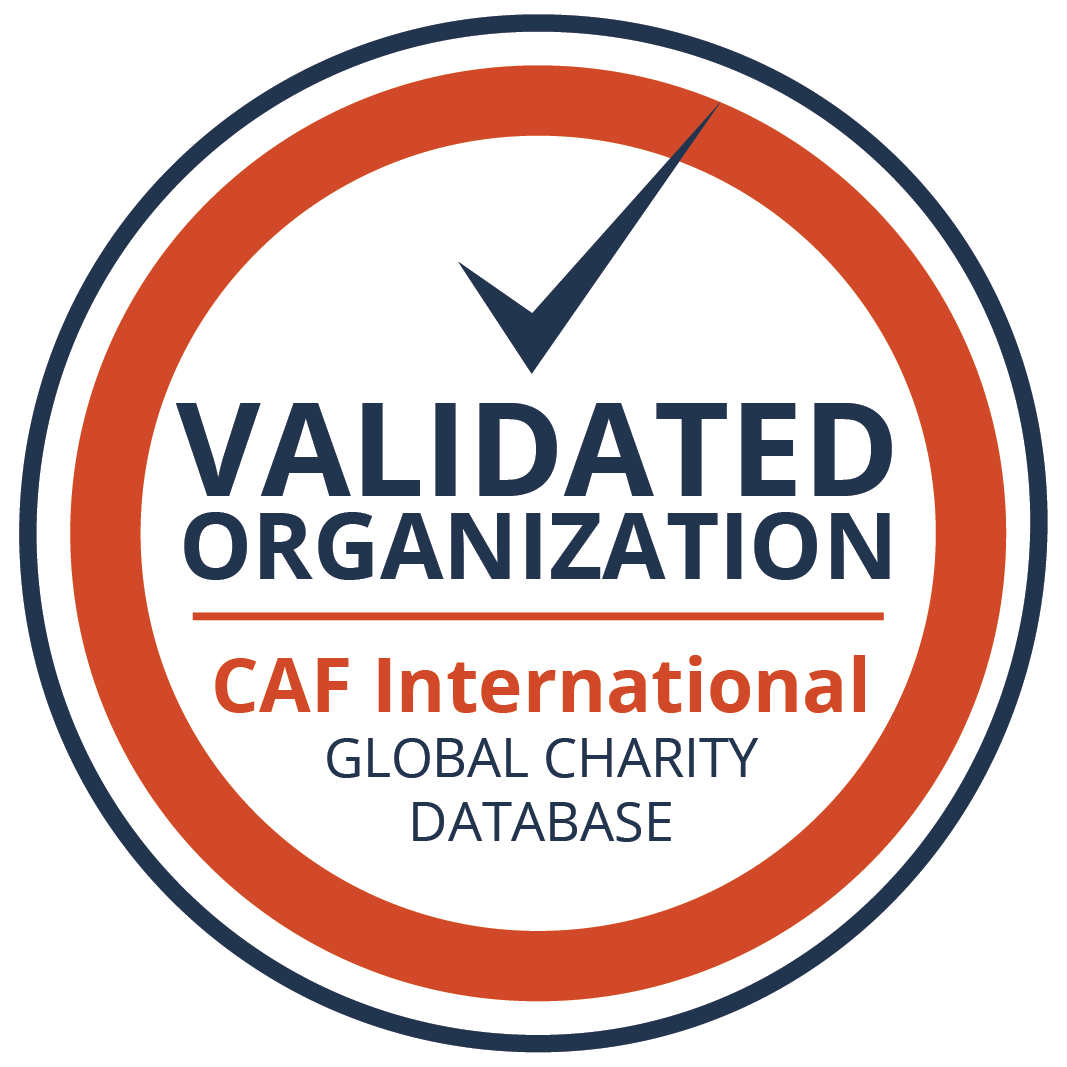Almost one in three Italians is at risk of poverty, according to an ISTAT study on the period immediately preceding the Coronavirus. More precisely, 6.5% of families are in absolute poverty and the poor are getting poorer and poorer.
A relevant part of the Italian population is at risk of poverty and social exclusion. This is what emerges from the 2020 ISTAT report on the Sustainable Development Goals.
In 2018 in Italy, the population at risk of poverty or social exclusion is equal to 27.3% (about 16 million 400 thousand individuals), a decrease compared to the previous year (28.9%). The Italian level is still higher than the European level (21.7% in 2018 from 22.4% in 2017).
The release of the third edition of the Sustainable Development Goals Report takes place during the Covid-19 pandemic, which has accelerated the need for a unified vision capable of developing and implementing an appropriate strategy for economic, social and environmental development that is attentive to the interdependencies of the various aspects and oriented towards sustainability. The Report mainly contains information updated to 2019, but has also attempted to consider the impact of Covid-19 with a counterfactual assessment exercise since the lockdown.
Analysing the three indicators that are usually considered to define the risk of poverty or social exclusion, it is emerged how the situation in 2018 (2017 incomes) is improving, with the exception of the risk of poverty, which concerns 20.3% of the population and is stable compared to 2017 (2016 incomes); severe material deprivation is decreasing (8.5% in 2018, from 10.1% in 2017) together with those living in households with a very low work intensity (11.3% from 11.8%). Progress in reducing poverty in Italy is confirmed in 2019: the incidence of absolute poverty affects 6.5% of households and 7.8% of individuals (7.8% and 8.4% in 2018).
The report also shows that in Italy, in the period 2004-2017, the income growth of the relatively low-income population has deteriorated significantly. In particular, in 2017 the incomes of the entire population increased more than the incomes of the poorest people (+1.6% and +0.2% respectively). Moreover, the disposable income percentage for 40% of the poorest population (19.3%) is lower than the European average (20.9%, 2016 data).
To read the full article (in Italian), please access here.
Original source: RaiNews




